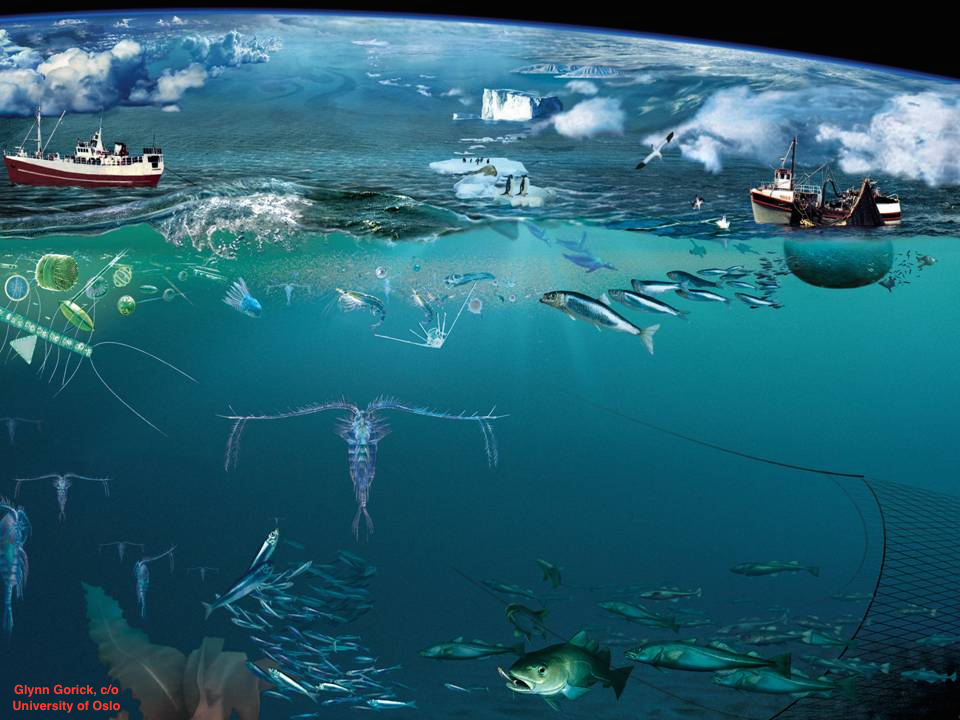Early in the morning a small canoe slips out onto the calm Pacific waters. Crewed by younger men of a local New Guinean village and directed by an elderly man, the boat is rowed along the coastline until the aging Shark Caller tells them to stop- here will do. The Caller prepares his tools while the crew rests. He lays out two items- a rattle-like device made from coconut and other materials, and a carved wooden club. The Caller begins singing, periodically dipping and stirring his rattle in the water. Eventually a shark approaches- the Caller coaxes the shark towards him, grabs and hauls the shark aboard, and dispatches it with his club.
Shark calling is a tradition found throughout numerous maritime cultures in the Pacific. As Julie Eilperin notes, “taming” might be a more accurate term- the practice is believed to incorporate traditional knowledge of sharks as well as their interactions with local ecosystems. The tradition survives in a number of villages in New Guinea and other communities in the South Pacific. Though a matrilineal society, shark calling in New Guinea has historically only been taught to males- the methods of shark calling are often passed down within families, although Callers have and continue to offer instruction and demonstrations for a fee. The ritual is significant for having survived Christianization efforts by Western missionaries.
Sharks are among marine species particularly threatened by human exploitation. The IUCN estimates that one quarter of the world’s sharks and rays together are at risk of extinction- however among cartilaginous fish, rays face even more dire circumstances. Although a large portion of shark-reduction is attributable to bycatch, commercial demand for sharks as food and ethnic medicines alongside culling programs have also led to declines in shark numbers. Estimates for total sharks annually killed by humans range from 30 to 273 million.
Though under such threat, the prospect for sharks’ recovery is promising. In 2011 the Association of Pacific Island Legislatures (APIL) officially condemned the commerce surrounding cartilaginous fish- members Hawaii, Guam and the Northern Marianas have prohibited the trade of shark fins. More localized initiatives would be well advised to elicit community participation. Such involvement would generate both ecological and socio-economic benefits. As Rasalato, et al found, utilizing both local and traditional ecological knowledge bears potential for helping to plan and execute local conservation programs- so long as such knowledge is not used contrary to the interests of local peoples.
Interviews conducted in New Ireland suggest that the majority of local people support shark conservation. Sharks not only provide certain ecological services (such as being bioindicators and balancing regional food webs), but also fulfill local commercial and subsistence needs; sharks push prey-fishes towards the coastline, thereby enhancing coastal fisheries. Moreover they also serve as an additional source of protein for local communities. Sharks also attract tourists from abroad, thereby providing additional revenue to local seaside communities.
Although often a target for vilification, sharks fulfill an important niche in marine ecology. Whether through reinforcing the integrity of local ecosystems or helping to maintain local fisheries, sharks are animals warranting immediate and effective protection.
Links to additional media
Infographic on sharks killed by humans per hour
http://www.huffingtonpost.com/2013/03/27/sharks-killed-per-hour-infographic_n_2965775.html
Excerpt from documentary on shark-calling
Shark calling video (in German)
Sources
Eilperin, Juliet. “Demon Fish: Travels Through the Hidden World of Sharks.” Google Books. Knopf Doubleday Publishing Group, 14 June 2011. Web. https://books.google.ca/books?id=VmrQe3ty5koC&source=gbs_navlinks_s
Handwerk, Brian. “Shark-Attack Deaths Highest in 19 Years- Travel Trends to Blame?” National Geographic News. National Geographic Society, 12 Feb. 2012. Web. http://news.nationalgeographic.com/news/travelnews/2012/02/120210-shark-attacks-deaths-fatalities-science/
Overton, Iain. “Charming Sharks.” The Guardian, 14 October 2000. Web. http://www.theguardian.com/travel/2000/oct/14/watersportsholidays1.
“Pacific Island Countries Step Up Shark Conservation Efforts.” Energy Weekly News (2008): 130. Factiva. Web.
“A Quarter of Sharks and Rays Threatened with Extinction.” IUCN: The International Union for Conservation of Nature. IUCN, 24 Jan. 2014. Web. http://www.iucn.org/?14311/A-quarter-sharks-and-rays-threatened-with-extinction.
Rasalato, Eroni, Victor Maginnity, and Juerg M. Brunnschweiler. “Using Local Ecological Knowledge to Identify Shark River Habitats in Fiji (South Pacific).” Environmental Conservation 37.1 (2010): 90-97. Cambridge Journals Online. Web.
